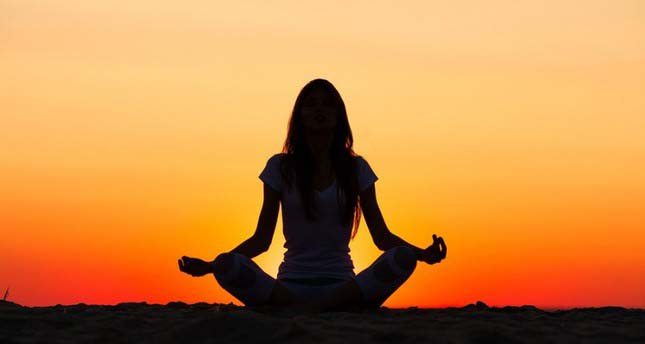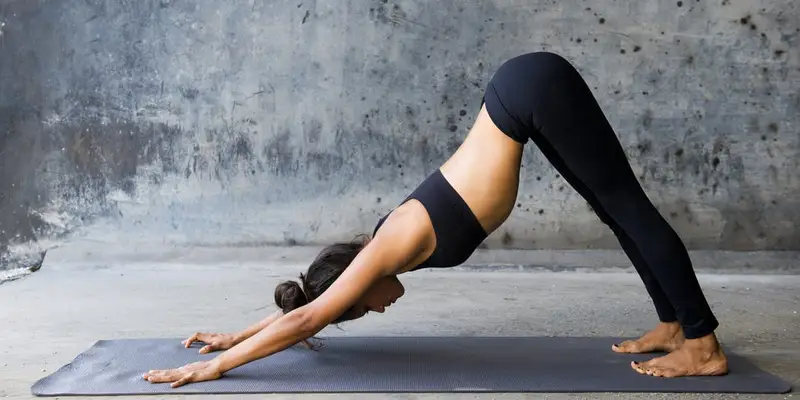Embracing Ayurveda: A Holistic Approach to Daily Living
Ayurveda is an ancient Indian healing system that promotes a complete approach to health, incorporating the body, mind, and spirit. According to Ayurveda, the best way to improve well-being and achieve liveliness involves adapting daily routines to natural rhythms as well as individual constitutions. This implies that one can greatly benefit one’s health and live harmoniously by integrating such principles of Ayurveda into everyday life, which are related to feeding on a diet and exercise, among others. What is the core philosophy of Ayurveda in daily living? Ayurveda emphasizes balance among body, mind, and spirit for health and well-being. It promotes natural remedies, balanced nutrition, and daily routines (Dinacharya) aligned with nature’s rhythms. Understanding your dosha (body type) guides personalized lifestyle choices. Embrace self-awareness and mindfulness to foster holistic wellness. Ayurveda is the ancient Indian system of healing that envisions good health by keeping the body, mind, and spirit in perfect balance. The approach highlighted here is on natural remedies, proper nourishment, and lifestyle practices that work in rhythm with nature. One can achieve perfect health by simply knowing his or her dosha—Vata, Pitta, or Kapha—and living accordingly. This integrates mindfulness, self-awareness, and personalized care toward overall wellness. Daily practices such as meditation, yoga, and mindful eating can be adopted to maintain good health. By living according to these principles, Ayurveda seeks to foster health and spiritual growth toward a more balanced life. How can Ayurveda improve your daily routine? Ayurveda recommends a structured daily routine to align with natural cycles. Morning rituals include meditation, oil pulling, and yoga. Regular meals with fresh, seasonal foods balance doshas. Adequate sleep and relaxation support mental and physical health. Consistency fosters harmony and enhances overall wellness. Bring yourself into balance and harmony with the adoption of an Ayurvedic daily routine, or dinacharya. Begin each day with oil pulling, tongue scraping, and meditation to purify and center the mind and body. Add in some yoga and breathing exercises to bring energy and strength to the body. During different seasons, eat fresh seasonal foods in accordance with your dosha at regular intervals to help maintain good digestion and thus promote energy. Take sufficient rest; not only have enough sleep but also indulge in relaxing, which is essential for the health of your mind. The above well-planned routine based on the cycles of nature will initiate regularity, generally improving the well-being and vitality of a person. What are the benefits of an Ayurvedic diet? An Ayurvedic diet is tailored to individual doshas, promoting digestion, energy, and immunity. It emphasizes fresh, whole foods with herbs and spices for flavor and healing properties. Avoid processed foods to enhance vitality and prevent disease. This personalized approach fosters long-term health and balance. An Ayurvedic diet is founded on the principle of health promotion by the intake of food that works best for each dosha through proper digestion to derive energy and strengthen immunity. Ayurveda will work in conjunction with your body, using fresh, whole foods and health-enhancing herbs and spices like turmeric, cumin, and ginger. It’s a way of avoiding the processing and refining of food elements to prevent diseases and improve vitality. It brings about balance and longevity through mindful eating and seasonal adjustments, taking care of the unique nutritional needs of a person and letting him or her relate food to his or her body and overall well-being. How does Ayurveda support mental health? Ayurveda nurtures mental health through mindfulness, meditation, and balanced lifestyle choices. It suggests herbal supplements like Ashwagandha and Brahmi for calming effects. Self-care practices, such as Abhyanga (oil massage), relieve stress and anxiety. Emphasizing self-awareness and inner peace, Ayurveda promotes emotional well-being. Ayurveda treats mental health by engaging in mindfulness practice, meditation, and balanced lifestyle choices aimed at nourishing emotional well-being. Herbal dietary supplements include Ashwagandha and Brahmi, which are recommended for their potent actions in quieting the mental faculties and reducing stress levels to bring mental clarity and strength. It also gives prescriptions for self-care practices such as Abhyanga, or oil massage, for its stress-relieving and sleep-enhancing properties. While heavily emphasizing the development of self-awareness, regulation of emotions, and inner peace, Ayurveda treats mental health in an integrated manner and works toward laying a firm platform for emotional stability and overall well-being. These practices bring a person into harmony with his or her inner self. What are Ayurvedic remedies for stress management? Ayurveda offers stress-relieving techniques like meditation, Pranayama (breathing exercises), and herbal teas. Adaptogenic herbs like Ashwagandha and Tulsi support resilience. Daily routines, grounding practices, and mindfulness foster calmness and reduce anxiety. These holistic strategies restore balance and promote relaxation. Ayurveda has devised strong remedial measures against stress through holistic techniques of meditation and pranayama, which bring a quiet mind and, hence, the inner strength to fight against the odds of stress. Herbal teas prepared with adaptogenic herbs like Ashwagandha and Tulsi provide a natural way to relieve stress and help the body adapt to stressors. Ayurveda supports daily routines and grounding practices, including mindful walking and yoga, in order to create relaxation in the body that could reduce anxiety within a person. Such techniques bring back balance, clear the mind of confusion, and bring calm and serenity. How does Ayurveda approach disease prevention? Ayurveda focuses on disease prevention by maintaining balance through diet, lifestyle, and mindfulness. It encourages detoxification, strengthening digestion, and boosting immunity. Personalized health strategies align with dosha types, promoting overall well-being and resilience against illnesses. Prevention is achieved by addressing root causes. Ayurveda prevents diseases by balancing diet, life routine, and mindfulness. Focusing on person-tailored health strategies in relation to individual doshas, Ayurveda strengthens the body’s natural defenses against illness. It advocates detoxification at frequent intervals for the removal of toxins and thus promotes digestion and improves immunity. Focusing on the root causes, Ayurveda looks forward to preventing diseases rather than merely treating their symptoms. Ayurveda’s methodologies, which include yoga, meditation, and proper diet, build whole health and resilience and thus lay the ground for a holistic











